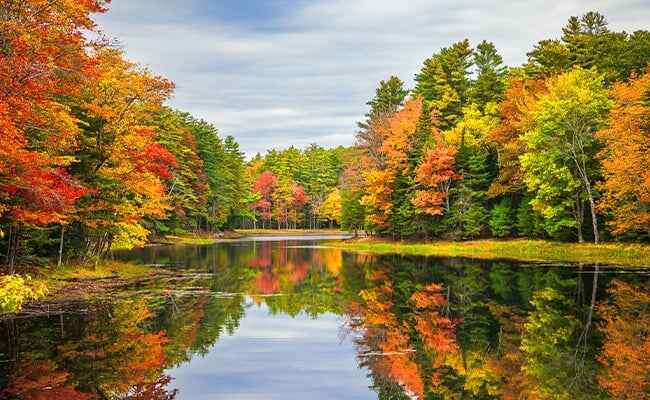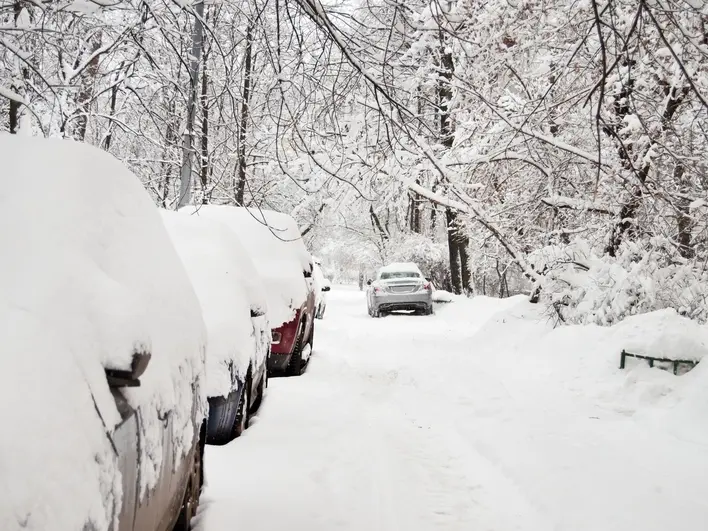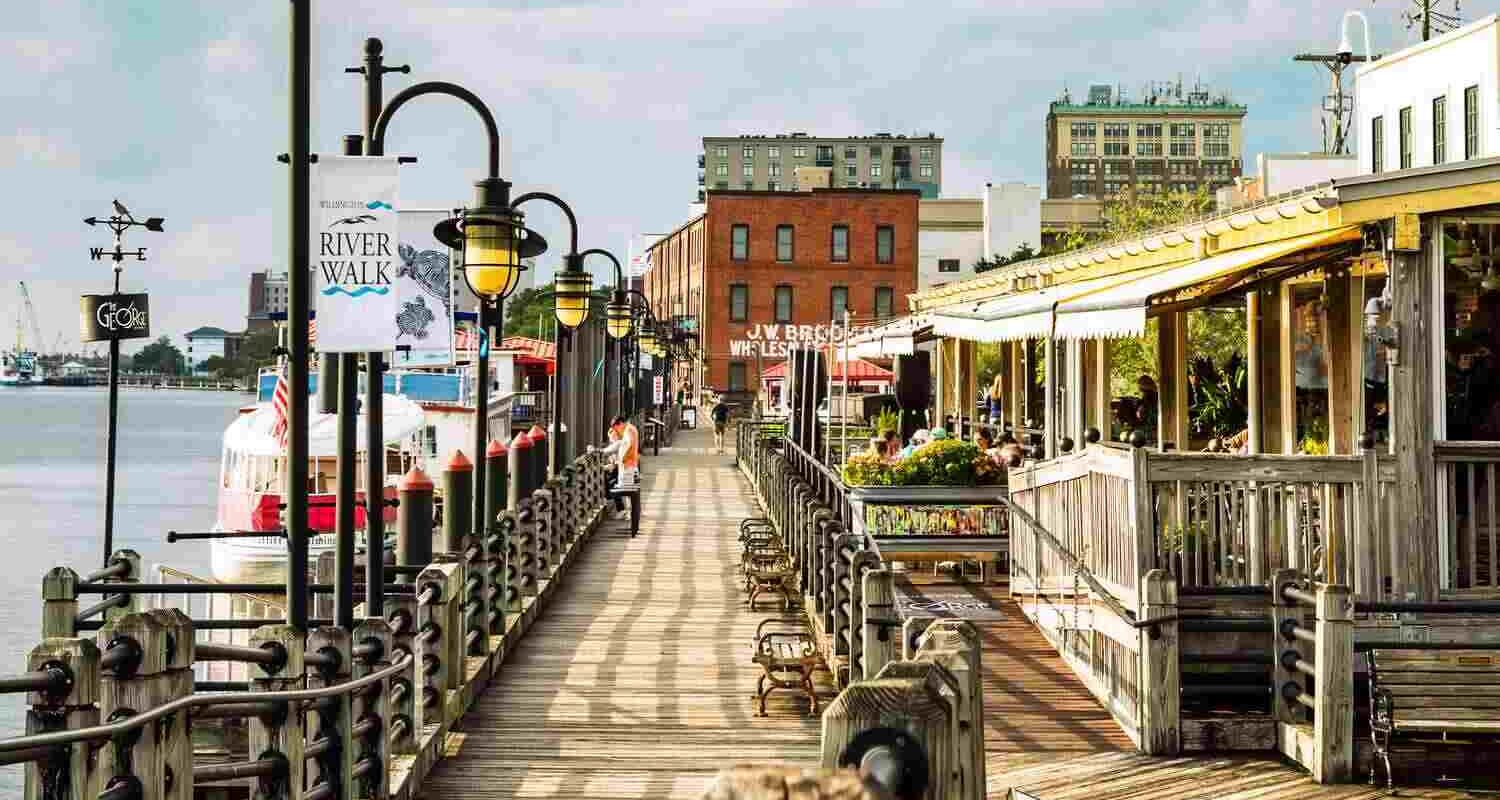Wilmington stands out as a distinctive city nestled within the scenic Brandywine Valley, boasting year-round attractions. Recognized for its historical significance as one of the original 13 colonies, its industrial heritage, and illustrious figures like the du Ponts, Wilmington also charms visitors with its idyllic local surroundings. Situated conveniently off I-95 in the mid-Atlantic region of the eastern United States, Wilmington is emerging as a burgeoning tourist destination, albeit still under the radar for many.
Its strategic location renders Wilmington an ideal spot for short getaways, particularly for residents of the North Carolina. The weather in Wilmington mirrors that of the broader region, exhibiting considerable variation across seasons. The summer months of June, July, and August see peak temperatures, often reaching the high 80s. Conversely, February marks the coldest period, with temperatures occasionally dropping below freezing.
Spring and fall offer a spectrum of temperatures ranging from a brisk 50 degrees to a pleasant 70 degrees. Precipitation levels remain relatively moderate throughout the year, with late winter and early fall experiencing lower rainfall. Winter brings occasional snowfall to the region.
Regardless of the time of year, Wilmington promises a plethora of activities for visitors. Below, explore the advantages and disadvantages of visiting during each season.
1. Fall

Tourism in Wilmington may taper off a bit during the fall, but it’s undeniably one of the most enchanting times to visit. The Northeast transforms into a breathtaking canvas of red and orange hues, juxtaposed against the lush greenery of the countryside, creating picturesque scenes reminiscent of postcards. The entire Brandywine Valley dons its autumnal splendor during this season. Daytime temperatures remain comfortably mild, although evenings can become brisk. By November, as the city cools down without the festive allure of the holiday season, tourism reaches its nadir. Nevertheless, early fall remains a popular window for visitors.
One drawback of the fall season in Wilmington is the heightened precipitation, akin to that of springtime. It’s advisable to pack a rain jacket if you plan to visit during this period. On a positive note, hotel rates tend to decrease during fall, offering a significant advantage for travelers. For those willing to tolerate occasional showers, fall presents an opportune time to explore this charming city.
In September, Wilmington hosts the Brandywine Valley Restaurant Week, showcasing the culinary prowess of restaurants across the region with delectable three-course meals at affordable prices.
Additionally, the Hagley Car Show, featuring over 500 antique cars, adds to the fall attractions. Classic Wilmington landmarks such as Rodney Square and Rockford Tower are particularly delightful during autumn. Moreover, the Wilmington & Western Railroad treats visitors to the popular Autumn Leaf Special, a scenic train ride through the valley, adding to the allure of fall excursions.
2. Spring

During springtime, Wilmington’s local landscape begins to awaken with vibrant natural beauty, making it a prime season to experience Delaware’s charm. Gardens and public parks come to life with blossoms, offering an ideal backdrop for exploration. Temperatures during this period typically range from the mild 50s to comfortable 70s, although occasional gusts of wind and humidity may be encountered.
As spring progresses, particularly in April and May, tourism in Wilmington sees an uptick. Outdoor enthusiasts will find plenty to enjoy during this season, although it’s wise to be prepared for sporadic showers and overcast skies due to the relatively higher precipitation levels.
While spring brings the occasional challenges of rain and wind, the spectacle of the city blooming into color outweighs these drawbacks. Although hotel rates may see a slight increase, the city maintains a relatively peaceful atmosphere.
Exploring Wilmington’s planned green spaces, such as Brandywine Park, and nearby estates like Nemours and Gibraltar are among the top activities during spring. These outdoor destinations boast elegant gardens and expansive meadows, perfect for leisurely strolls. Additionally, the Brandywine Zoo offers a delightful mix of indoor exhibits and outdoor exploration, making it a favored spot for springtime excursions.
3. Summer

Summer reigns as the peak season for tourism in the Wilmington area, drawing the highest number of visitors. August sees a massive surge in tourism, as the city pulsates with vibrant energy against the backdrop of balmy temperatures. Despite occasional spikes into the high 80s and low 90s, the summer climate remains relatively comfortable. Precipitation levels dwindle compared to spring, reducing the likelihood of rain during outdoor activities.
However, the allure of ideal temperatures also translates to increased tourism and elevated hotel rates. While the summer influx infuses the city with a dynamic vibe, it concurrently drives up expenses. Nonetheless, for those seeking respite from the sultry southern heat, summer presents the optimal time to explore Wilmington.
Wilmington’s estates, gardens, and parks exude an even more enchanting allure during the summer months. Bellevue Park offers ideal settings for picnics, while the banks of the Brandywine River provide tranquil spots for relaxation.
Unique summer activities abound, such as the Curbside Wilmington Happy Hour, featuring drinks and music at twenty downtown restaurants. Opera Delaware’s Al Fresco Arias in July offers a captivating experience of opera beneath the starry skies. Another highlight is the Clifford Brown Jazz Festival, a free-to-the-public extravaganza showcasing talents from around the globe. These events justify the higher summer prices for experiencing Wilmington’s vibrant summer scene.
4. Winter

Winter typically sees a decline in tourist numbers to cold destinations like Wilmington. Nevertheless, the chill in the air shouldn’t dissuade you from exploring. Wilmington boasts a wealth of captivating indoor activities, ranging from museums to scenic train rides. While driving may pose challenges with potentially icy roads, alternative transportation options like Amtrak or the Delaware Express offer convenient access to the city, covering much of the Northeast.
The primary drawback of winter visits is the cold weather. However, for a city steeped in history like Wilmington, a winter excursion can offer enriching educational experiences. The holiday season infuses the city with festive cheer, as decorations and themed events abound. Despite temperatures seldom dropping below 30 degrees Fahrenheit, the occasional snowfall blankets the city, enhancing its allure. Winter typically witnesses fewer tourists, making it the least popular time to visit.
However, winter visits to Delaware have their own merits. Snow-covered landscapes, twinkling holiday lights, and themed celebrations hosted by local attractions contribute to the city’s charm. Lower prices of luxury hotels prices due to reduced demand further sweeten the deal. Enjoyable winter activities include the family-friendly Wilmington & Western Railroad Ice Princess Express and the delightful display of gingerbread houses at the Hagley Museum & Library.
Final Words
Regardless of when you choose to visit Wilmington, there’s an abundance of activities to enjoy. Whether it’s indulging in happy hour, attending a car show, or embarking on themed train rides, Wilmington offers the ideal destination for a brief excursion to the East Coast.



